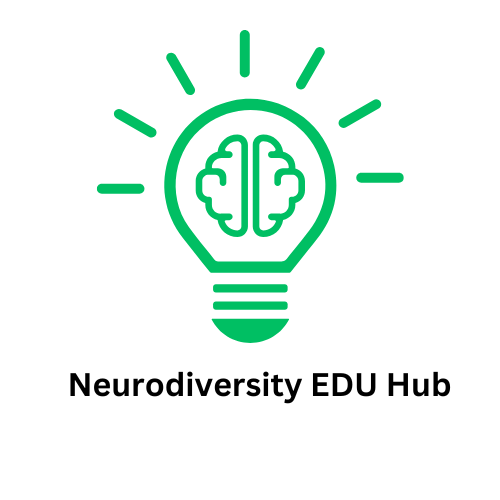
Understanding Fetal Alcohol Spectrum Disorder (FASD): A Hidden Challenge
Fetal Alcohol Spectrum Disorders (FASD) represent a crucial yet often overlooked public health issue, affecting roughly one in 20 children in the United States. Often referred to as an "invisible disability," FASD results from alcohol consumption during pregnancy, leading to a range of physical, behavioral, and cognitive challenges. These disorders have far-reaching consequences that extend beyond the individual, impacting families and communities.
In 'Understanding FASD: Fetal Alcohol Spectrum Disorders, with Rebecca Tillou | EDB 337', the discussion sheds light on the complexities of FASD, prompting us to delve deeper into its implications for individuals and society.
In a recent enlightening discussion, advocate Rebecca Tillou shared her personal journey, shedding light on the various dimensions of living with FASD. Her testimony underscores both the stigma surrounding this condition and the urgent need for greater awareness and intervention strategies.
What Is FASD and Why Is Awareness Crucial?
FASD is an umbrella term that encompasses a range of effects caused by maternal alcohol consumption during pregnancy. Sadly, many affected individuals go undiagnosed due to a lack of visible symptoms, besides the potential facial features that manifest only in certain pregnancy windows. It's worth noting that up to 427 comorbidities have been linked to FASD, including challenges with learning, social skills, and even physical health issues.
The invisibility of FASD often leads to misconceptions, with individuals erroneously characterized as misbehaving or undisciplined. This stigma prevents many from seeking a diagnosis, further complicating their already difficult situations. Tillou emphasizes that many women do not drink to harm their child and may not even know they are pregnant during the early stages of fetal development.
The Diagnostic Journey: A Road Less Traveled
Tillou’s personal journey of obtaining a diagnosis illustrates the challenges faced by many. Adopted as an infant, she only discovered the likelihood of having FASD after significant struggles in adulthood. It was only when she pursued her birth family, which revealed a history of alcohol use during pregnancy, that she was motivated to seek diagnosis. This was not an easy process; Tillou had to navigate a narrow path with limited resources, having to seek out specialized clinics willing to diagnose adults with FASD.
This leads to the important question: how can individuals suspecting they have FASD find help? Organizations like FASD United offer invaluable resources and support for both diagnosis and understanding the disorder. Their family navigation program provides pathways for individuals and families to get the help they need, emphasizing collaboration with medical professionals.
Breaking Down Barriers: Stigma and Support
One of the most pervasive challenges in addressing FASD is the stigma attached, which Tillou points out is a significant barrier to diagnosis and treatment. Many individuals are left feeling misunderstood and isolated. Addressing these societal perceptions is vital for improving outcomes for those living with FASD. Tillou insists that open discussions can lead to a broader understanding and acceptance, opening doors to resources and support.
There is also a call for continued research into the role of fathers in contributing to FASD, particularly through epigenetic factors. While traditional discussions focus on maternal alcohol consumption, emerging studies hint at the complexities of parental influence, urging the need for an all-encompassing approach.
From Personal Struggles to Advocacy: Inspiration for Change
Tillou's dedication to advocacy and education through her personal experiences serves as a powerful catalyst for change. Not only has she authored a memoir titled "Tenacity," but she has also collaborated with non-profit organizations to raise awareness about FASD through events like the Runfast 5K. These community initiatives help bring families together and create a network of support.
Her message is clear: sharing personal narratives can foster understanding and break down stereotypes associated with FASD, creating pathways for others to seek the help they need. Tillou’s efforts exemplify how adversity can be transformed into advocacy, driving meaningful conversations about FASD.
Call to Action: Becoming an Ally
As we delve into the nuances of FASD through discussions like those led by Rebecca Tillou, it’s essential to embrace an attitude of empathy and support. For those who may suspect that they or someone they love is affected by FASD, seeking resources and encouraging open dialogue is a critical step toward recognition and assistance.
We encourage readers to reach out to organizations like FASD United and investigate available local resources. Knowledge is power, and educating ourselves and others about FASD can contribute greatly to overcoming the stigma associated with this disorder.
 Add Row
Add Row  Add
Add 




Write A Comment